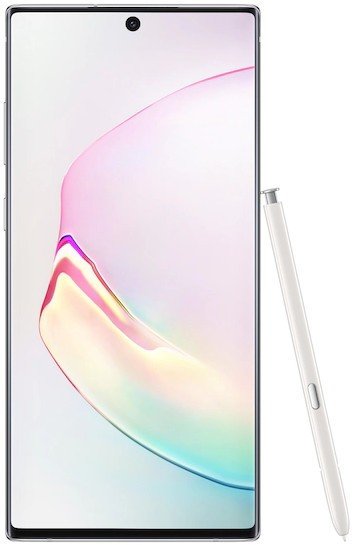This upcoming C-Band spectrum could be the secret weapon for 5G in the US
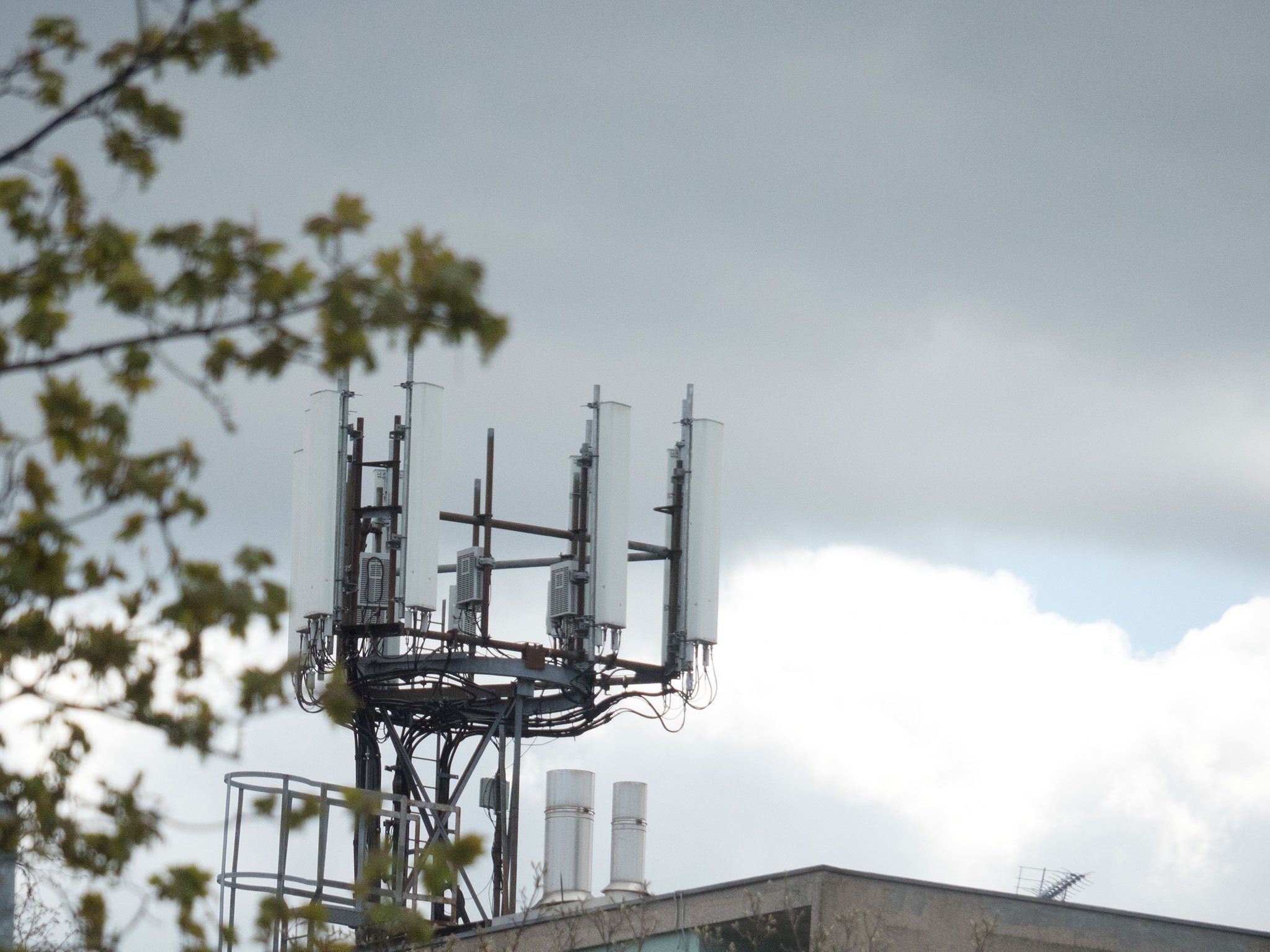
FCC Chairman Ajit Pai has given the talking points of the commission's plan for its auction of a portion of the C-band — the 4Ghz to 8GHz radio frequencies used mostly for consumer satellite transmissions — for general (read: mostly 5G broadband) use.
The FCC wants to auction off the bottom 280MHz (the 3.7 - 4.2Ghz range) of the C-band and reserve 20Mhz of the band above that threshold for further needs. Both the FCC and current satellite operators say this will still leave enough spectrum for the operators to provide the same level of service that we have today.
But like most things about wireless, there are some extra complications to work out — and of course, fees.
Satellite Relocation
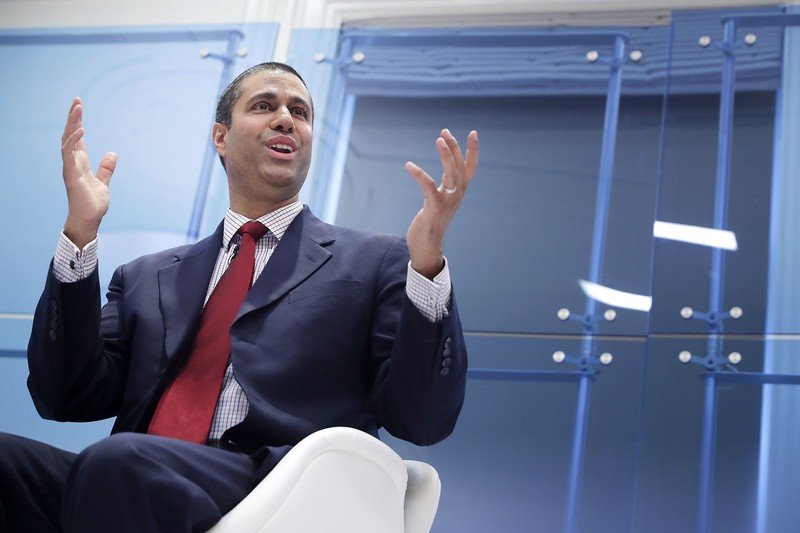
Yes, there are satellites involved. This doesn't mean physical relocation or any orbital change. It means changing which portions of the spectrum are used and how they are used.
Right now, four satellite operators provide the majority of C-band satellite service in the U.S. — Intelsat, SES, Eutelsat, and Telesat. These are the companies that provide the actual satellite broadcast that you might be paying another company for and reach well over 100 million homes.
Satellite providers agree that they only need a portion of the C-band to operate normally.
The satellites and ground equipment need to be changed so that they use the upper 200MHz of the C-band to transmit at the same level of service we're all used to. The cost of this relocation is expected to be in the $3 billion to $5 billion range and will be covered by the auction winners.
The FCC would like this relocation, which is expected to be finished by September 2025, to be expedited. It proposes what chairman Pai calls "accelerated relocation payments". These would also be paid by the winning bidders, but only if the satellite operators meet a specific schedule: free the lowest 100MHz of the spectrum by September 2021 and the remaining 180MHz by September 2023. Should this happen, the fees would include these expedition bonuses and rise to $9.7 billion.
Get the latest news from Android Central, your trusted companion in the world of Android
Pai says that this is almost necessary if the U.S. wants to be competitive with the rest of the world when it comes to 5G:
It is in the public interest to make available frequency in the C-band as quickly as possible as part of a national priority to promote American leadership in 5G. To get the job done quickly, we need to align the private interest of satellite companies with the public interest.
Pai also notes that these are simply FCC proposals and that Congress can overrule any or all of them.
Rural broadband
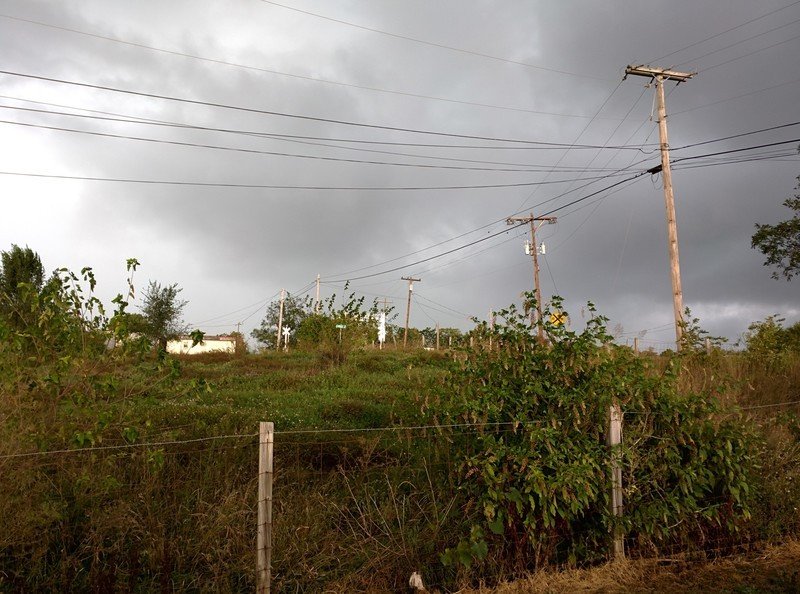
While acknowledging that Congress can have the final say, Pai also stated the regulations that allow the FCC to make these decisions.
Section 316 of the Federal Communications Act grants authority to modify any licenses granted to current holders of C-band spectrum, section 309 allows the FCC to auction the lower 280MHz of the spectrum for "flexible" use, section 303 allows the FCC to set new rules and regulations for the technical usage of the C-band, and Title 3 allows the FCC to require the auction winners to pay any and all relocations fees.
Here's every US city with 5G right now
Pai also suggested that he hopes Congress will make a small override to the proposed FCC recommendations and offer 10% of the proceeds to rural broadband initiatives. This is a promise Pai has made and championed for since placed as FCC chair, yet so far we've seen no movement from carriers or to regulations.
Why this matters
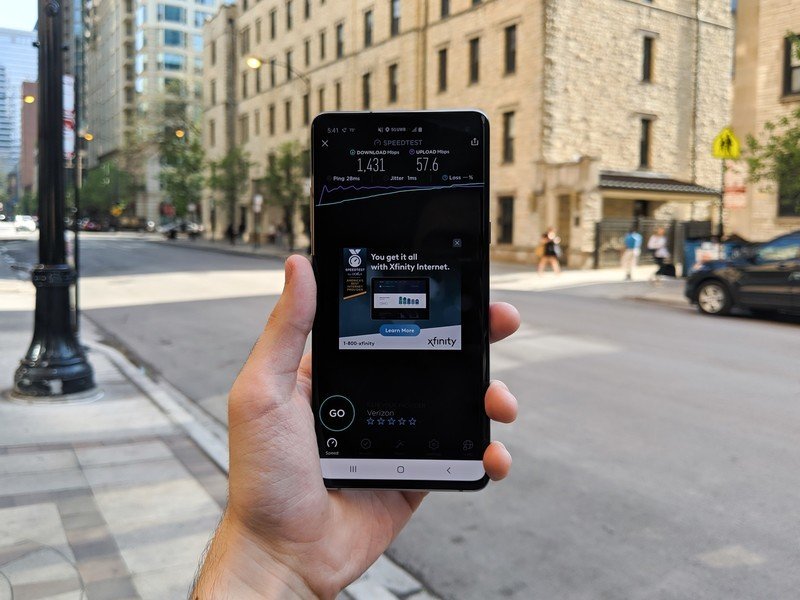
The C-band is a valuable block of very underutilized spectrum. Portions of it are also a great addition to mobile operators who want to roll out 5G using the mid-band spectrum.
A nationwide 5G rollout from any carrier needs these types of changes to happen.
The 3.7 to 4.2Ghz range of the C band would offer a great balance of range and capacity which is important when carriers want to offer any real nationwide 5G service. A combination of low-band, mid-band, and upper millimeter-wave bands would offer carriers plenty of spectrum to maintain existing networks and add 5G expansion from coast to coast, and that's what carriers and the current FCC wants to see happen.
If we're to have any sort of nationwide 5G network that's reliable and stand-alone, we'll have to see plenty of spectrum reallocation. Some, like this news, will be authorization for new use cases and others will be carriers repurposing existing holdings. It will take a lot of work before any country has a full 5G nationwide network.
More: What is 5G? The next-gen wireless standard explained

Jerry is an amateur woodworker and struggling shade tree mechanic. There's nothing he can't take apart, but many things he can't reassemble. You'll find him writing and speaking his loud opinion on Android Central and occasionally on Threads.
